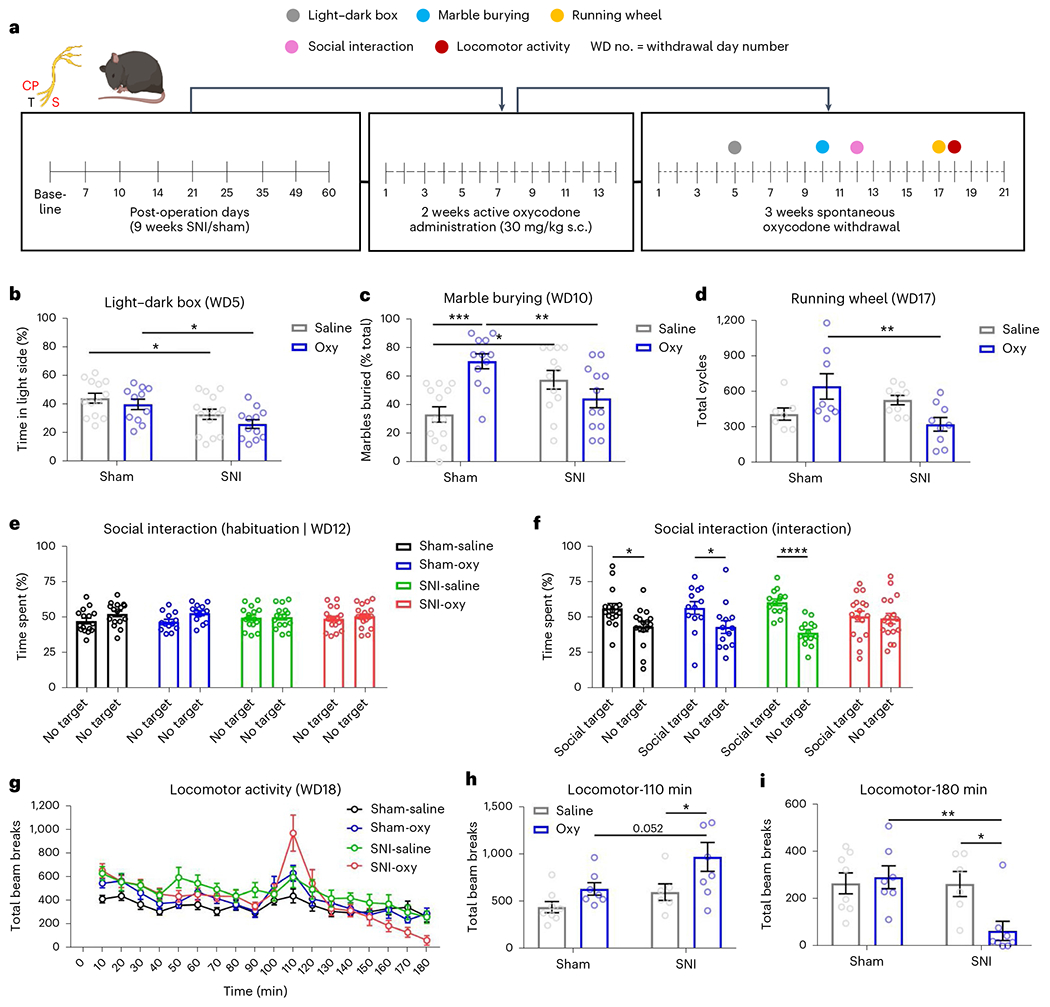Fig. 2 |. Oxycodone withdrawal alters emotional and social behaviors.

a, Schematic timeline depicting oxycodone exposure and behavioral assessment in male chronic SNI and sham mice. b, Five days after oxycodone withdrawal, anxiety-like behaviors were assessed using the light–dark assay. SNI-Oxy mice spent less time in the light chamber as compared to Sham-Sal controls. Oxycodone withdrawal decreased the time spent in the light chamber in the SNI-Oxy group compared to the Sham-Oxy group (Sham-Sal n = 13, Sham-Oxy n = 11; SNI-Sal n = 14, SNI-Oxy n = 12; two-way ANOVA interaction F1,46 = 0.1312, P = 0.7189; Sidak’s multiple comparisons SNI-Sal versus Sham-Sal t = 2.387, d.f. = 46, P = 0.0418; SNI-Oxy versus Sham-Oxy t = 2.696, d.f. = 46, P = 0.0195). c, In the marble-burying assay (day 10), Sham-Oxy mice and SNI-Sal mice buried more marbles as compared with Sham-Sal controls. The effect of oxycodone withdrawal was significant on the number of marbles buried between SNI-Oxy and Sham-Oxy mice. Sham-Oxy mice buried significantly more marbles compared to SNI-Oxy mice (Sham-Sal n = 13, Sham-Oxy n = 12; SNI-Sal n = 12, SNI-Oxy n = 12; two-way ANOVA; interaction, F1,45 = 17.89, P = 0.0001; Sidak’s multiple comparisons, SNI-Oxy versus Sham-Oxy t = 3.068, d.f. = 45, P = 0.0073; t = 2.912, d.f. = 45, P = 0.0111; SNI-Sal versus Sham-Sal t = 2.912, d.f. = 45, P = 0.0111; Sham-Oxy versus Sham-Sal t = 4.476, d.f. = 45, P = 0.0001). d, Running wheel performance was assessed at 17 d of oxycodone withdrawal. The effect of oxycodone on voluntary wheel running was significant between Sham-Oxy and SNI-Oxy groups of male mice (Sham-Sal n = 7, Sham-Oxy n = 8; SNI-Sal n = 9, SNI-Oxy n = 9; two-way ANOVA interaction F1,29 = 10.33, P = 0.0032; Sidak’s multiple comparisons, SNI-Oxy versus Sham-Oxy t = 3.38, d.f. = 29, P = 0.0042). e,f, Male mice were subjected to a sociability assay 12 d after oxycodone withdrawal. e, Mice from all cohorts showed no preference for either of the empty cages during the habituation phase as measured by the percentage of time spent with either object. f, During the sociability test, time spent by subject mice in the social target-containing field versus empty cage-containing side field was enhanced among all groups tested (Sham-Sal, Sham-Oxy and SNI-Sal) with the exception of the SNI-Oxy group (Sham-Sal n = 16, Sham-Oxy n = 13; SNI-Sal n = 16, SNI-Oxy n = 17; Sham two-way ANOVA interaction F1,56 = 0.01304, P = 0.9095; Sidak’s multiple comparisons, Sham-Sal t = 2.839, d.f. = 56, P = 0.0126; Sham-Oxy t = 2.331, d.f. = 56, P = 0.0462; SNI two-way ANOVA interaction, F1,58 = 9.51, P = 0.0031; Sidak’s multiple comparisons, SNI-Sal t = 4.489, d.f. = 58). g, At 18 d of oxycodone withdrawal, mice were habituated to the locomotor boxes for 80 min and then received a priming low dose of oxycodone (1 mg per kg body weight, s.c.). h,i, SNI-Oxy mice that were previously exposed to oxycodone demonstrated increased locomotor activity (Sham-Sal n = 8, Sham-Oxy n = 7; SNI-Sal n = 6, SNI-Oxy n = 8; two-way ANOVA interaction, F1,25 = 0.3945, P = 0.3945; Sidak’s multiple comparisons, SNI-Oxy versus SNI-Sal t = 2.486, d.f. = 25, P = 0.0395). Locomotor activity across conditions at 110 min (20 min after injection; h) and at 180 min (90 min after injection; i). Two-way ANOVA interaction, F1,25 = 5.842, P = 0.0233; Sidak’s multiple comparisons, SNI-Oxy versus SNI-Sal t = 2.959, d.f. = 25, P = 0.0133). Data represent the mean ± s.e.m. For two-way ANOVA multiple-comparisons testing between two groups, *P < 0.05 and **P < 0.01. Data represent the mean ± s.e.m.
